Queensland Law Society recently made a submission to the Women’s Safety and Justice Taskforce (the taskforce) in response to the questions asked in its Discussion Paper 3 (discussion paper).
The discussion paper sought community feedback on women and girls’ experience of sexual violence in the criminal justice system, as well as the experience of women and girls as offenders.
The QLS response to the discussion paper was informed predominantly by the QLS Criminal Law Committee. The submission also had the benefit of input from members of the QLS Domestic and Family Violence Law Committee, Health and Disability Law Committee, Children’s Law Committee, Family Law Committee and Human Rights and Public Law Committee.
The issues raised by the taskforce in the discussion paper are challenging, complex and important. Given the breadth of issues raised and the volume of questions included in the discussion paper, the QLS submission responded to a select number of questions insofar as they were within the expertise of our legal policy committees.
In its response, the QLS submission raised some of the unique difficulties that face women and girls in the criminal justice system.
Women and girls with cognitive or intellectual disabilities
The first is the issue of women and girls with cognitive or intellectual disabilities, both as victim-survivors of sexual violence and as offenders.
Women and girls with cognitive or intellectual disabilities who are victim-survivors of sexual violence have complex needs. There is a lack of data about the nature and extent of violence against women with cognitive or intellectual disabilities in Queensland, which corresponds with a lack of information and knowledge about the best ways to respond and prevent it.
A key area of concern is the over-representation of women and girls with cognitive or intellectual disabilities as victim-survivors.
There is also a need to improve the ways we obtain evidence from women and girls with cognitive or intellectual disabilities in relation to sexual violence crimes, whether as victim-survivors, witnesses or defendants (for example, by examining the potential expansion of the Queensland Intermediary Scheme).
Women and girls with cognitive or intellectual disabilities in detention have often experienced multiple system failures in identifying and appropriately responding to their needs before they engage with the criminal justice system.
The QLS submission highlighted the criminal justice system’s inability to respond to complex needs arising from mental illness, disability, acquired brain injury, and substance abuse, where the role of prison “has become, in many cases, simply to ‘warehouse’ or ‘manage’ people who fall into these categories, without providing appropriate or adequate support in addressing the underlying issues”.1
There is a need to ensure adequate support for women and girls with cognitive or intellectual disabilities who are involved in the criminal justice system as offenders, which necessarily includes adequate representation and the provision of disability supports, including those funded by the NDIS, in custodial settings.
Prison staff must also be appropriately trained on how to deal with specific types of disability, and the types of adjustments that can be made to enable prisoners with disabilities to have full and effective access to prison life.
First Nations women
It is widely accepted that, even before entering prison, many First Nations women are “trapped in a cycle of disadvantage that may include poverty, domestic violence, homelessness, unemployment, poor health, and lack of educational opportunity”.2
In 2016, statistics showed that Aboriginal and Torres Islander women accounted for 35% of women in prison, 33% of women on remand, 40% of women held in high security prisons, and were more likely than non-Indigenous women to return to prison for parole breaches.3
More recent data confirms the continued over-representation of Aboriginal and Torres Strait Islander women in the criminal justice system, who are now imprisoned at over 14 times the rate of non-Aboriginal and Torres Strait Islander women.4 It is widely acknowledged this is partly the result of First Nations people being subject to increased police surveillance and over-policing.5
Corrective and related criminal justice services must be delivered in a way that accounts for the historic and continuing disadvantages experienced by Aboriginal and Torres Strait Islander women to address their specific needs. For example, there is a need for increased support to prevent risk of self-harm, more transitional supports near their communities of origin,6 more educational supports, and more family support.
The Queensland Human Rights Commission (QHRC, formerly the Anti-Discrimination Commission Queensland) has previously recommended a review of services and programs currently available to Aboriginal and Torres Strait Islander women prisoners, to include consultation with Aboriginal and Torres Strait Islander women prisoners themselves about how to enhance and improve the programs and services available in prison, and on release.7
Women prisoners as mothers and primary carers
It must be acknowledged that when fathers are incarcerated, “the vast majority of children remain in their family home, cared for by their mother, whereas, when mothers are sent to prison, more commonly children require alternative arrangements”.8
Where a female prisoner is also a single mother, being incarcerated can leave her children without adequate care and support. Time spent in prison by women who are mothers and primary carers can have significant and long-lasting consequences for their children and families, including isolation, behavioural difficulties at school, anxiety, insecurity, withdrawal, anger, and mental health concerns.
Some prisons accommodate young children who reside with their mothers, however strict prison rules can negatively impact childhood development and behaviours. It has previously been recommended that prison officers working in units where young children are accommodated must be “reminded that a child’s needs are the priority”.9
Older children of women prisoners will be physically separated from their mother while she is incarcerated and may reside with family or non-family foster carers, or enter state residential care.
Kathleen Marshall describes the children of prisoners as “the invisible victims of crime and the penal system. They have done no wrong, yet they suffer the stigma of criminality. Their rights to nurture are affected both by the criminal action of their parent and by the state’s response to it in the name of justice.”10
To mitigate the severe consequences of incarceration on a woman’s children, contact between the prisoner and her children must be facilitated, and decisions regarding early release (parole) must take into account women prisoners’ care-taking responsibilities.
Additionally, the impact of birth, birth trauma, stillbirth, miscarriage and post-natal depression are little recognised but potentially relevant risk factors for criminality and sentencing mitigation in certain populations that require further study.11
The QLS submission raised these as contextual matters that police, courts and defence lawyers sometimes fail to elucidate properly from female defendants, which can be highly relevant to the disposition of a matter.
Read the full QLS response to the discussion paper.
Dr Brooke Thompson is a Queensland Law Society Policy Solicitor.
Footnotes
1 Australian Law Reform Commission, ‘Pathways to Justice – An Inquiry into the Incarceration Rate of Aboriginal and Torres Strait Islander Peoples’(Report No.133, 2017) [11.32].
2 Anti-Discrimination Commission Queensland, ‘Women in Prison 2019: A Human Rights Consultation Report’(Report, 2019) 63.
3 Ibid.
4 Australian Bureau of Statistics, ‘Prisoners in Australia’ (2021).
5 Grace O’Brien, ‘Racial Profiling, Surveillance and Over-Policing: The Over-Incarceration of Young First Nations Males in Australia’ (2021) 10 Social Sciences 68:1-10, 5; Amy Simmons, ‘Over-policing to blame for Indigenous prison rates’, ABC News (online, 25 June 2009).
6 See, for example, Amelia Radke, ‘Women’s Yarning Circles: A gender-specific bail program in one Southeast Queensland Indigenous sentencing court, Australia’ (2018) 29(1) The Australian Journal of Anthropology 53.
7 Anti-Discrimination Commission Queensland (n2) 74.
8 Flynn et al, ‘Responding to Children When Their Parents are Incarcerated: Exploring the Responses in Victoria and New South Wales, Australia’ (2015) 32 Law in Context 4, 5.
9 Anti-Discrimination Commission (n2) 99.
10 Kathleen Marshall, Not Seen. Not Heard. Not Guilty: The Rights and Status of the Children of Prisoners in Scotland (Scotland’s Commissioner for Children and Young People, 2008) 8.
11 Some studies recognise the impact that post-natal depression may have on female criminality: Sarah Passmore, Samantha Woodhouse and Susan Cooper, ‘Assessing risk in female offenders: A review of the HCR-20 and the FAM’ [2014] Forensic Update Annual Compendium 21. See also Isla Masson and Linnea Osterman, ‘Working with female offenders in restorative justice frameworks: Effective and ethical practice’ (2017) 64(4) Probation 354.



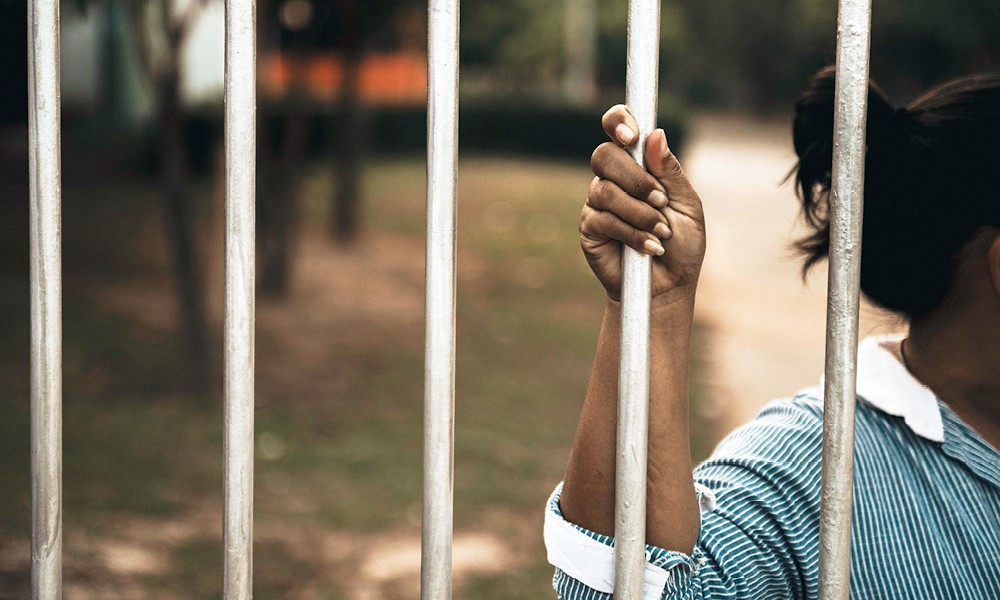

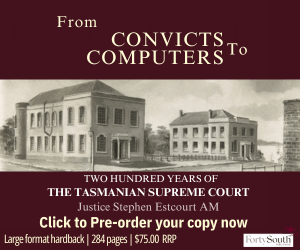

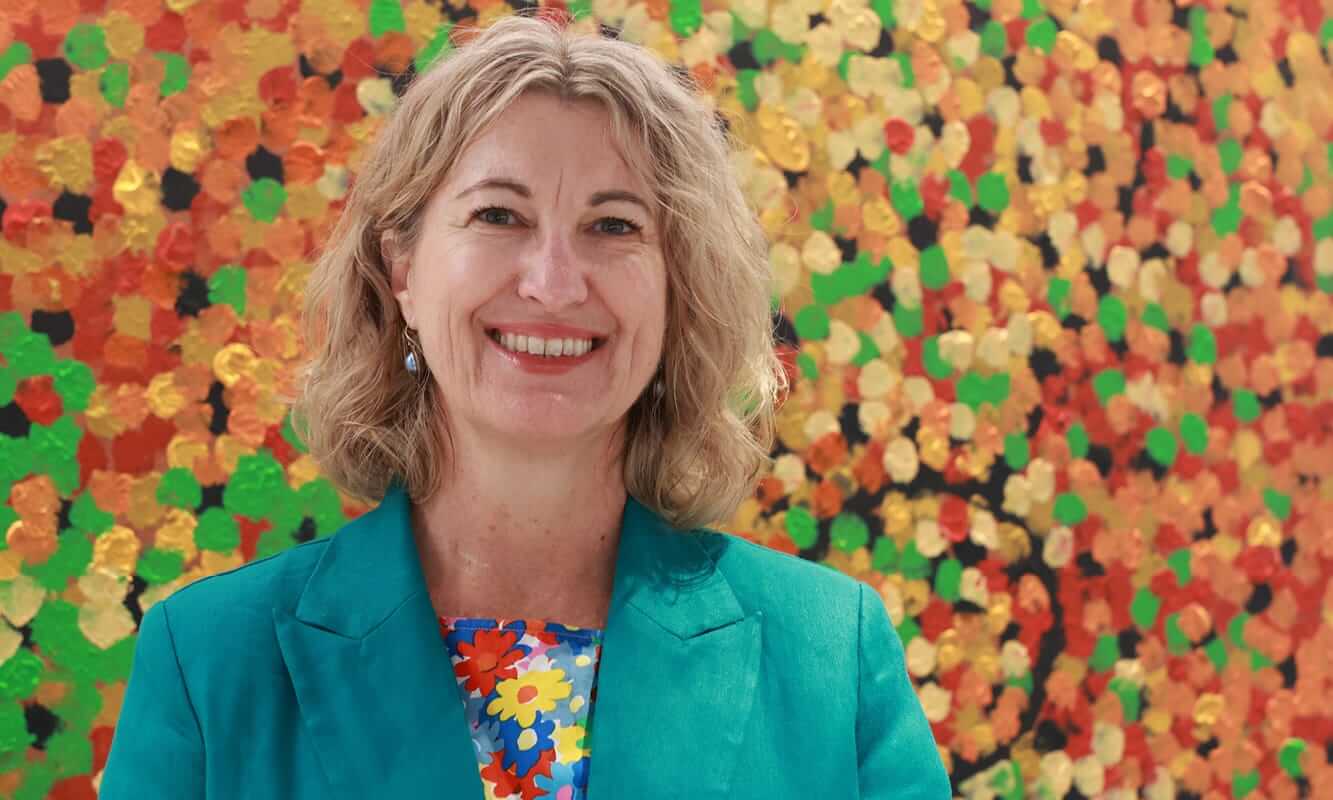

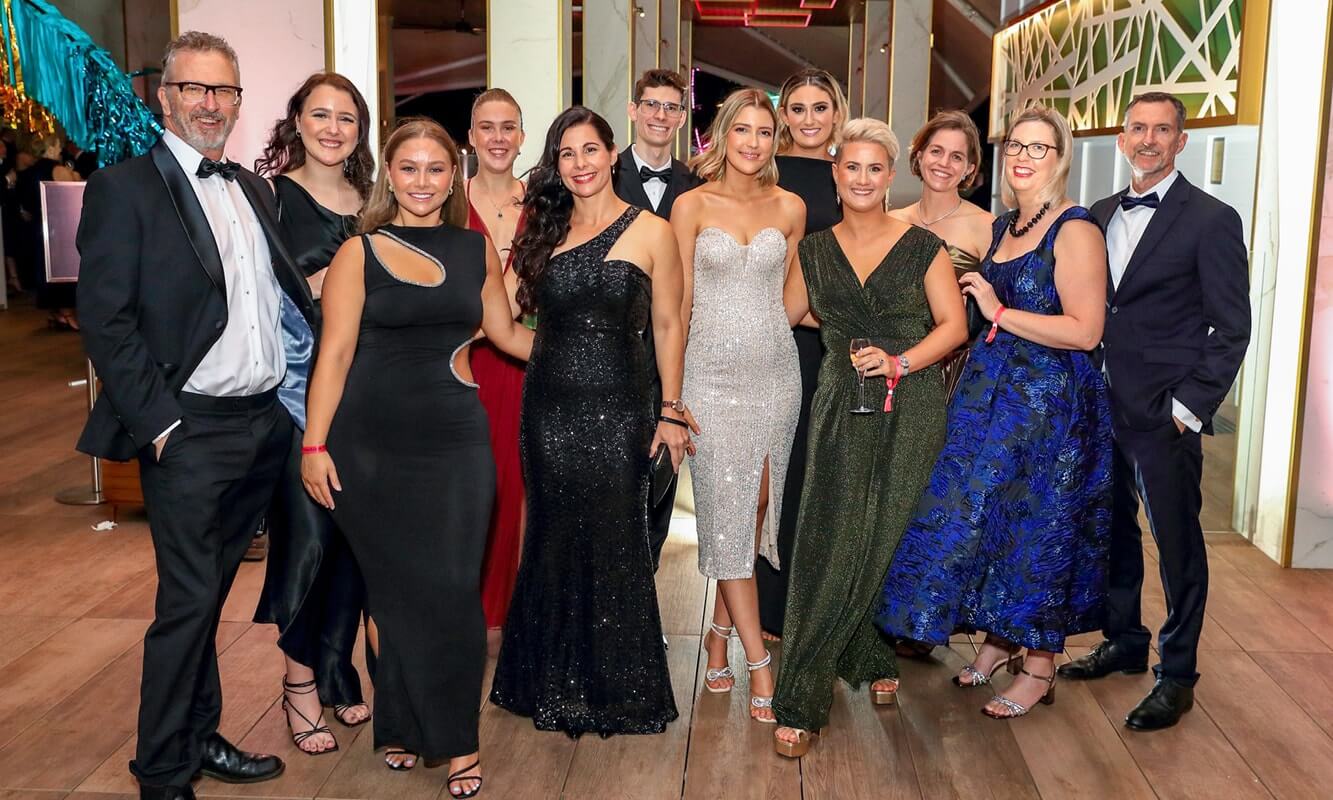

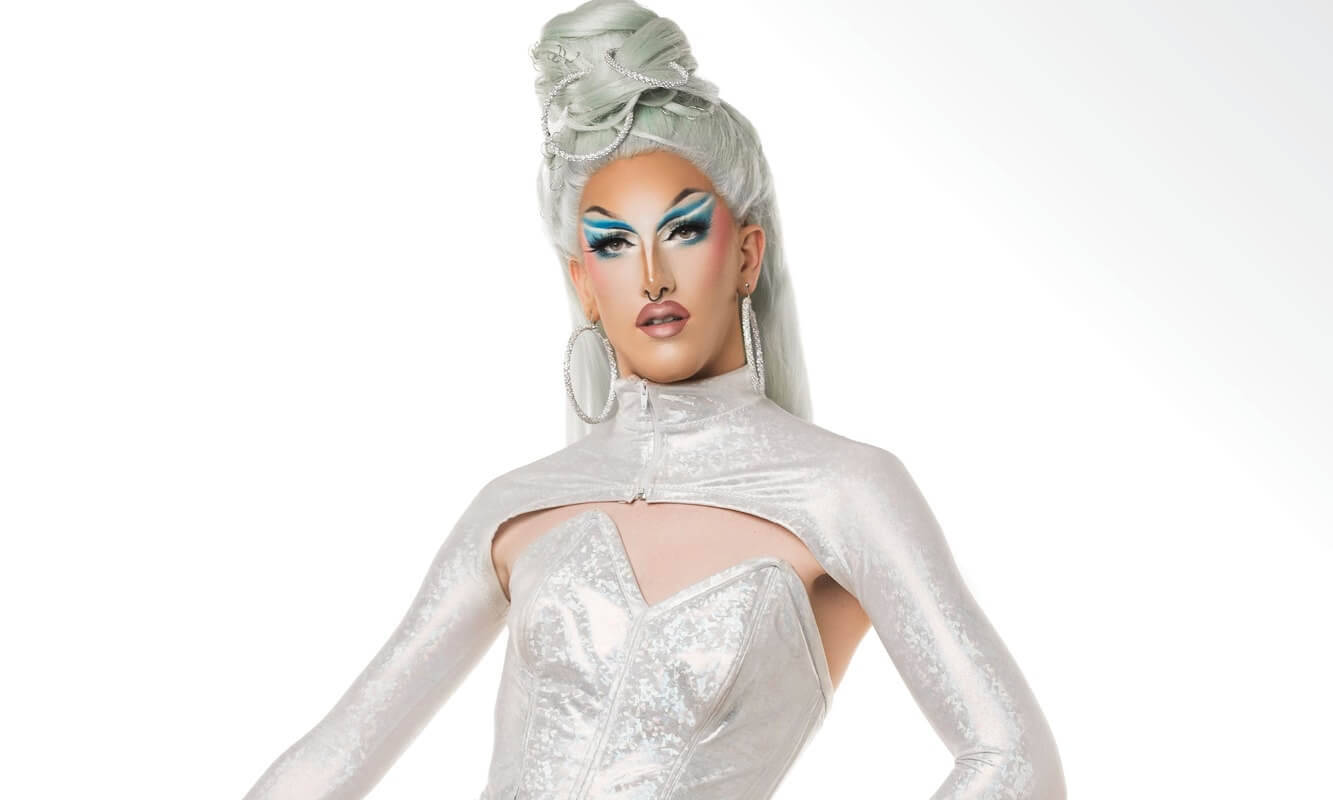


Share this article